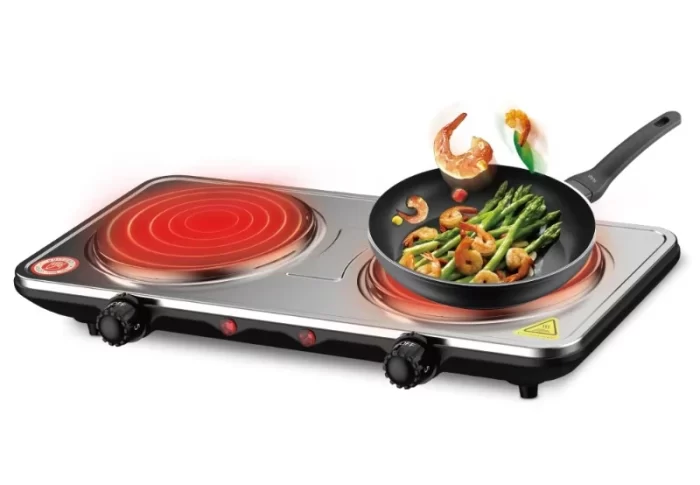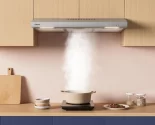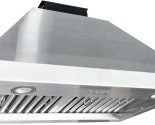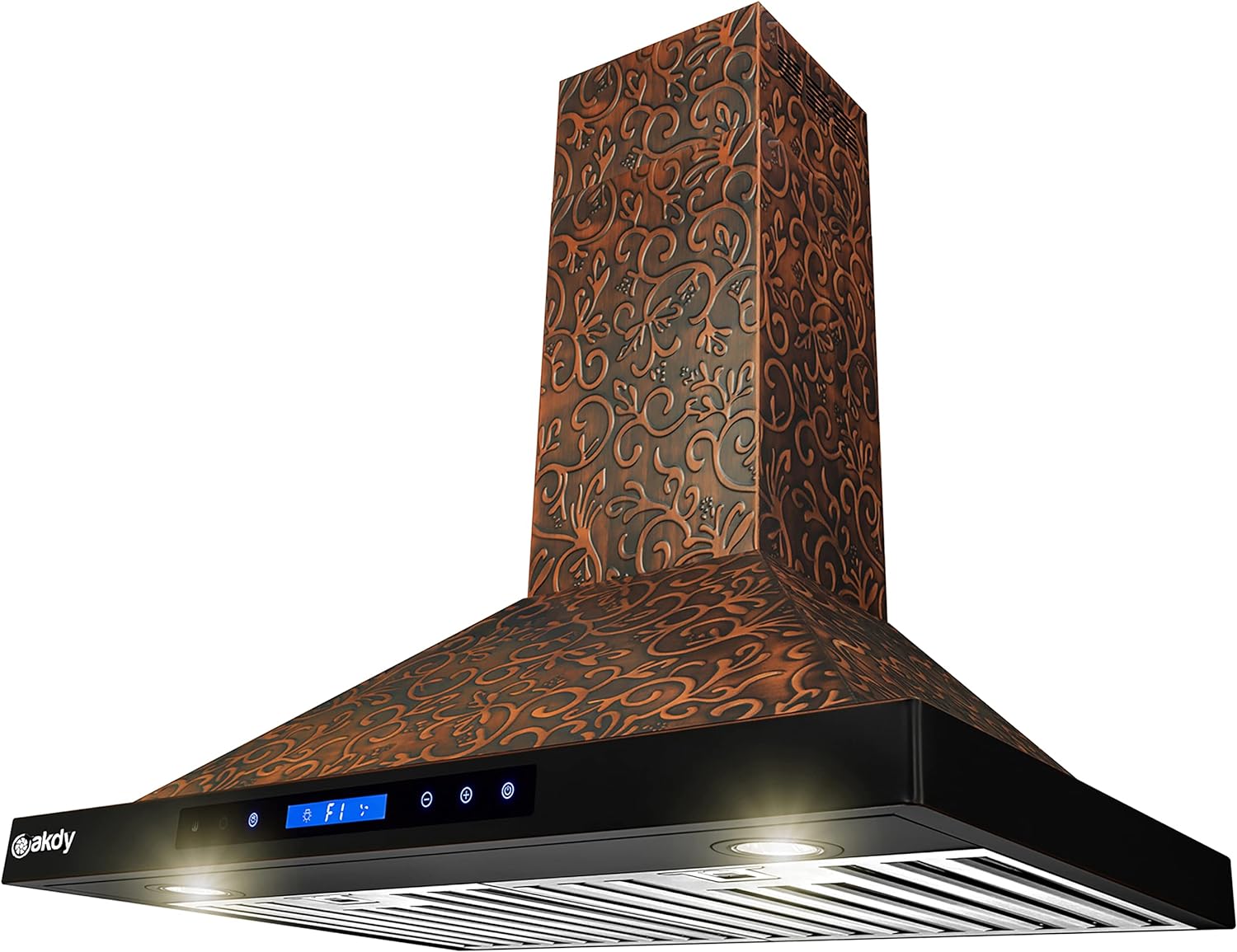
How Much CFM for a Range Hood: What’s the Ideal Ventilation?
Introduction:
Choosing the right CFM (cubic feet per minute) rating for your range hood is crucial for effective kitchen ventilation. The correct CFM ensures that smoke, odors, and airborne grease particles are efficiently removed, keeping your kitchen air clean and breathable. This comprehensive guide explores factors that determine how much CFM you need for your range hood, various types of range hoods, and considerations to help you make an informed decision.
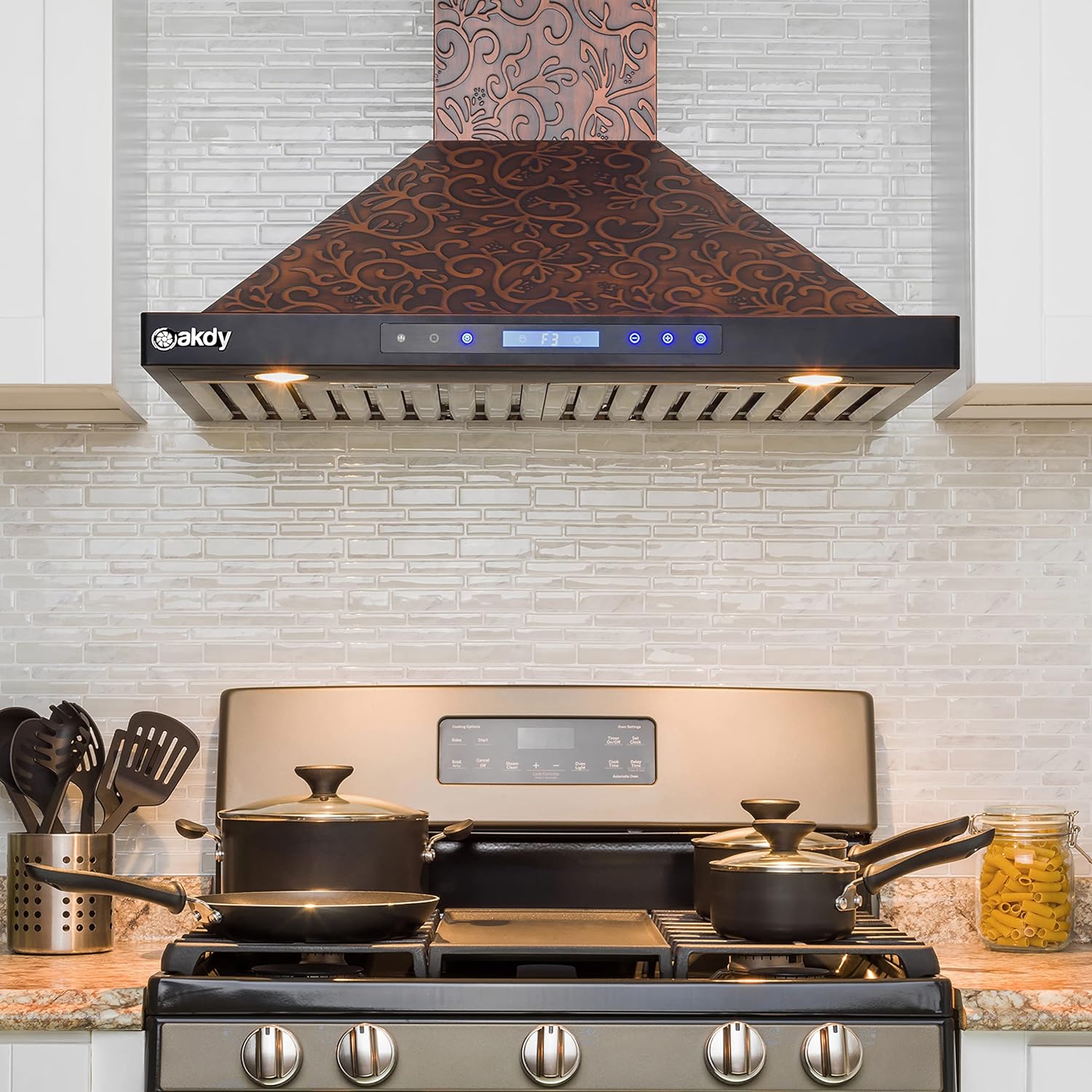
How Much CFM for a Range Hood: What’s the Ideal Ventilation?
Why Is CFM Important in a Range Hood?
Understanding the importance of CFM in a range hood helps you appreciate its role in maintaining kitchen air quality.
Airflow Measurement: CFM measures the amount of air a range hood can move in one minute. A higher CFM rating indicates more powerful ventilation, which is essential for removing smoke, steam, and odors from cooking. Proper airflow ensures a healthier kitchen environment.
Removal of Contaminants: Cooking generates various contaminants, including carbon monoxide, nitrogen dioxide, and volatile organic compounds (VOCs). A range hood with adequate CFM efficiently captures and vents these pollutants, preventing them from accumulating in your kitchen and posing health risks.
Temperature Control: Effective ventilation also helps control kitchen temperature. Cooking produces heat, and a powerful range hood can help dissipate this heat more efficiently, making your kitchen more comfortable, especially during prolonged cooking sessions.
Preservation of Kitchen Surfaces: Kitchen surfaces like cabinets, walls, and countertops can accumulate grease and grime from cooking. A range hood with the right CFM minimizes this buildup, preserving the cleanliness and longevity of your kitchen surfaces.
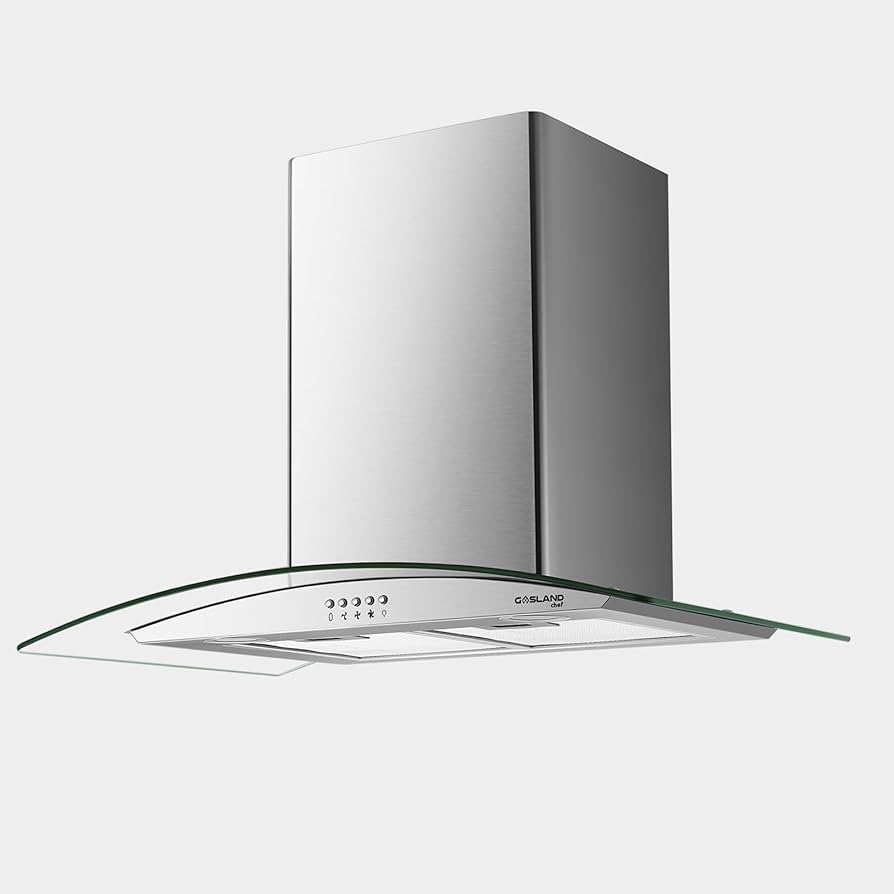
Calculating the Required CFM:
What Factors Should You Consider?
Determining the appropriate CFM for your range hood involves evaluating several factors to match your specific kitchen needs.
Kitchen Size: The size of your kitchen plays a significant role in determining the required CFM. Larger kitchens need more powerful ventilation to ensure adequate air turnover. A common rule of thumb is to multiply the kitchen’s volume (length x width x height) by 15 to estimate the required CFM for general ventilation.
Cooking Style: Your cooking habits also impact the required CFM. If you frequently fry, grill, or use high-heat cooking methods, you’ll need a range hood with a higher CFM to handle the increased smoke and grease. For heavy-duty cooking, multiplying the output by 2 or more can provide a more accurate measure.
Stove Size and Type: The size and type of your stove or cooktop are critical factors. For gas stoves, each burner typically requires an additional 100 CFM. For example, a standard four-burner gas stove would need at least 400 CFM. Larger or more powerful stoves may require even higher CFM ratings.
Range Hood Type: Different types of range hoods have varying efficiency and coverage. Wall-mounted, island, under-cabinet, and downdraft hoods each cater to specific installation requirements and cooking environments. Choosing the right type that matches your kitchen layout ensures optimal ventilation performance.
Ductwork: Proper ductwork is essential for efficient ventilation. The length, diameter, and layout of the ducts can affect airflow. Longer ducts with more bends reduce efficiency, necessitating a higher CFM to compensate. Ensuring that ducts are adequately sized and installed minimizes airflow resistance.
Local Regulations and Codes: Be aware of local building codes and regulations that may specify minimum ventilation rates for residential kitchens. Compliance with these standards ensures your range hood meets safety and performance requirements.

Types of Range Hoods:
What Options Are Available?
Different types of range hoods cater to various kitchen configurations and aesthetic preferences, each with unique features and installation requirements.
Under-Cabinet Range Hoods: Under-cabinet range hoods are installed beneath kitchen cabinets, providing efficient ventilation while maximizing space. They are popular for their compact design and ease of installation.
Wall-Mounted Range Hoods: Wall-mounted range hoods, also known as chimney hoods, are mounted on the wall above the stove. They often feature a striking design, resembling traditional chimneys. These hoods provide powerful ventilation and are ideal for kitchens without cabinets above the stove.
Island Range Hoods: Island range hoods are designed for cooktops located on kitchen islands. They are mounted to the ceiling and offer 360-degree ventilation coverage. These hoods often have higher CFM ratings to handle the open layout and lack of surrounding walls.
Downdraft Range Hoods: Downdraft range hoods are built into the cooktop or countertop, rising up when in use and retracting when not needed. They pull air down through the cooktop, venting it out through ducts. Downdrafts are a space-saving option, though they may not be as effective as overhead hoods for heavy-duty cooking.
Convertible Range Hoods: Convertible range hoods offer versatility by allowing either vented or recirculating installation.
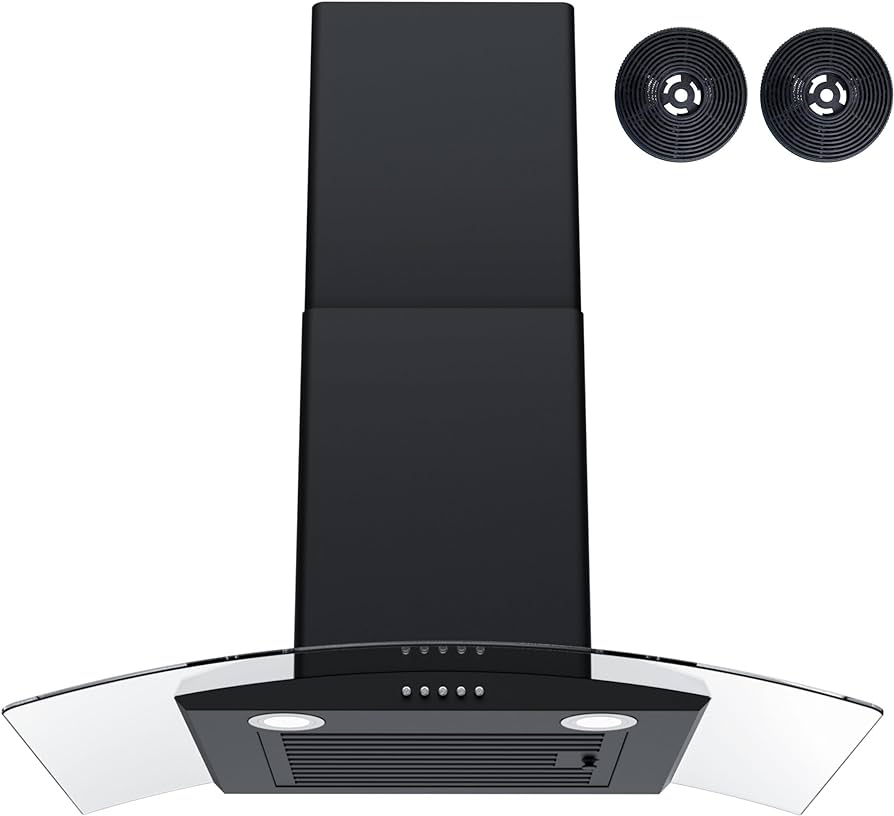
Choosing the Right Range Hood:
How to Match CFM and Kitchen Requirements?
Selecting the right range hood involves matching the CFM rating to your kitchen’s specific requirements, ensuring optimal functionality and performance.
Assess Your Cooking Habits: Evaluate how often and what types of cooking you do. Frequent frying, grilling, or high-heat cooking necessitates a higher CFM range hood to effectively manage smoke and grease.
Measure Kitchen Dimensions: Accurate kitchen measurements help determine the appropriate CFM. Calculate the kitchen’s volume and consider the airflow needed to ensure comprehensive ventilation.
Consider Stove Specifications: Account for the size and type of your stove or cooktop. Ensure the chosen range hood provides sufficient CFM per burner for gas stoves or overall coverage for electric or induction cooktops.
Evaluate Installation Constraints: Consider the space available for installation, the type of range hood that best fits your kitchen layout, and the feasibility of ductwork. Choose a hood that complements your kitchen design while meeting ventilation needs.
Review Product Features: Look for additional features that enhance functionality and convenience, such as variable speed settings, LED lighting, noise levels, and filter types. These features contribute to a better overall cooking experience.
Compliance and Warranty: Ensure the range hood meets local building codes and regulations. Check for warranties that offer protection and support for potential issues, ensuring long-term reliability.
User Experiences and Reviews:
What Do Homeowners Say About Their Range Hoods?
Learning from other homeowners’ experiences provides valuable insights into the performance and satisfaction of different range hood models.
Positive Feedback: Many homeowners appreciate the improved air quality and reduced cooking odors provided by their range hood. Positive reviews often highlight the effectiveness of high CFM ratings in managing smoke and grease.
Common Praises: Users frequently commend the durability, quiet operation, and ease of maintenance of their range hoods. Features like variable speed settings, bright LED lighting, and washable filters receive positive mentions.
Challenges Encountered: Some users note challenges related to installation, particularly with ductwork and space constraints. Noise levels in higher CFM models can also be a concern.

Care and Maintenance:
How to Ensure Peak Performance of Your Range Hood?
Proper care and maintenance are crucial for ensuring the peak performance and longevity of your range hood.
Regular Cleaning: Clean the range hood regularly to remove grease and grime buildup. Use a mild detergent and a soft cloth to clean the exterior and interior surfaces.
Check and Maintain Filters: Aluminum or stainless steel filters can be cleaned with warm, soapy water or in the dishwasher. Charcoal filters used in recirculating hoods need periodic replacement. Keeping the filters clean ensures optimal airflow and efficiency.
Inspect Ductwork: Periodically inspect the ductwork for obstructions or damage. Ensure that ducts are properly sealed and free from blockages to maintain efficient airflow and prevent backdrafts.
Test Fan Functionality: Test the fan and control settings regularly to ensure they are operating correctly. Listen for unusual noises that might indicate a need for maintenance or repair.
Replace Bulbs and Fuses: If your range hood includes lighting, replace bulbs as needed. Check the user manual for the correct bulb type. If the range hood stops working, check the fuses or circuit breakers.
Conclusion
Determining the right CFM for your range hood is essential for effective kitchen ventilation and maintaining a healthy environment. By considering factors such as kitchen size, cooking habits, stove specifications, and installation constraints, you can choose a range hood that meets your specific needs. Understanding the types of range hoods available, reviewing user experiences, and following proper care and maintenance practices ensure optimal functionality and longevity. Investing in a high-quality range hood with the appropriate CFM enhances your cooking experience, improves air quality, and contributes to a safer and more comfortable kitchen.


